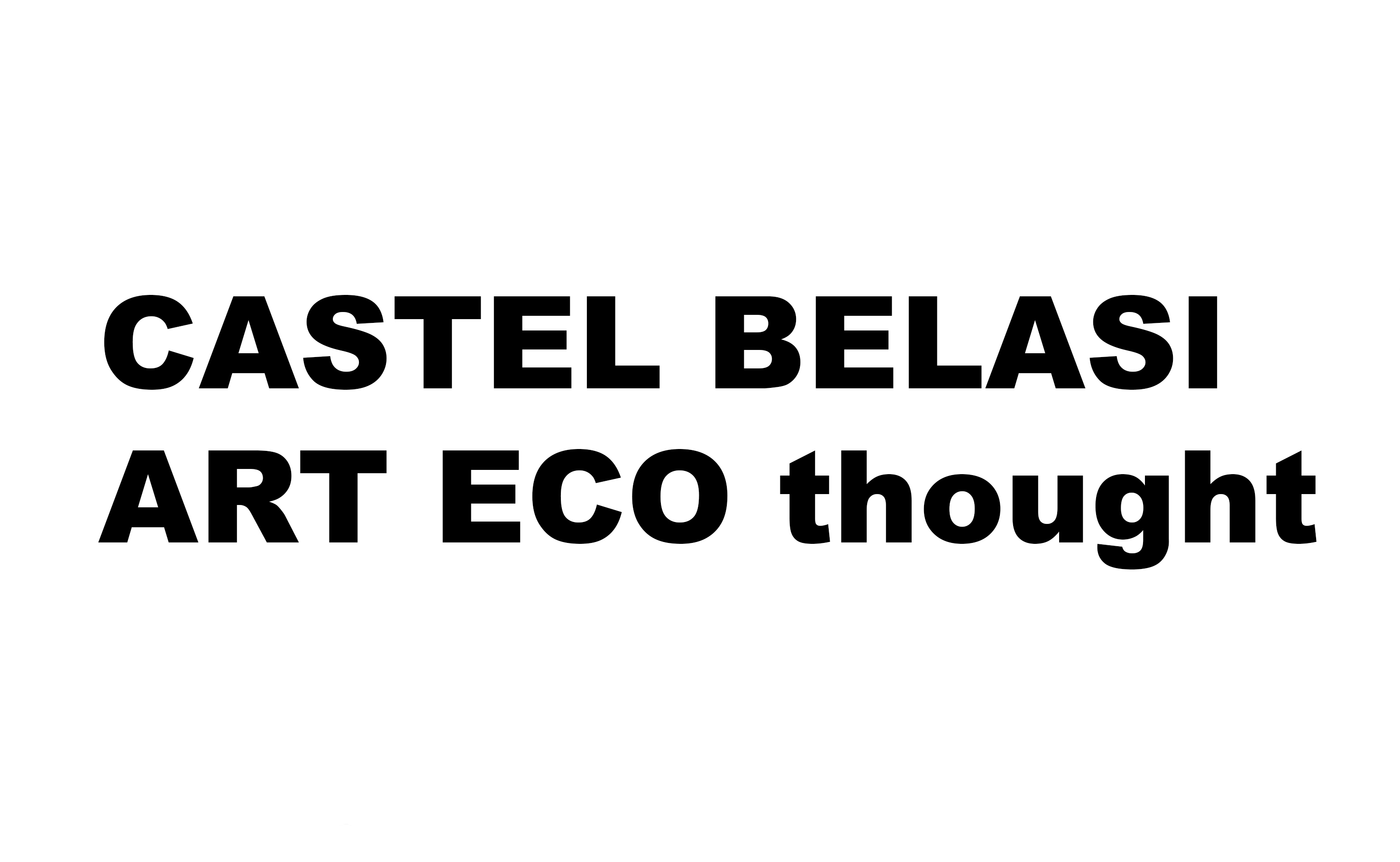
contemporary art center for
eco thought in a medieval castle in the Alps
ITA | ENG
AS ICE
AES+F
(RU/DE/US), Almagul Menlibayeva (KAZ), Caroline McManus
(US),
Curated by Stefano Cagol
May 10 – October 26, 2025
AES+F,
"Last Riot", 2005, 1-channel video 22′30″. Courtesy AES+F. All
rights reserved
In the
middle of the Alps, adhering to the International Year for the
Conservation of Glaciers decreed by UNESCO and the World
Meteorological Organization (WMO), Castel Belasi – Contemporary
Art Center for Ecological Thought presents from May 10th to the
end of October the exhibition “As Ice” with works by fourteen
international artists of different generations, high in the
global ranking and very young, to make us reflect on the concept of
fragility and disappearance, between protection, conflict and
spirituality in an era in which beliefs and certainties
are dissolving like snow in the sun.
The
show curated by Stefano Cagol unfolds on the upper exhibition
floor of the castle, where it enters into dialogue with the
sixteenth-century frescoes of Ovid’s Metamorphoses and the
ancient myth of Perseus, a symbol of the capacity for conscious
change. Here, the fulcrum of the itinerary is a large-scale
projection, which presents an iconic video work from the
beginning of the millennium by the Russian collective based in
Berlin and New York AES+F,
celebrated by numerous biennales. It is a dystopian world rising
higher, where the last ice remains, hungry for energy and
warlike. Another focal point is the monument to ice as a
countdown, which the prominent German artist Gregor Hildebrandt
symbolically links with human time, marking the years with LP
records. The other sculptural work on display is by Laura Pugno, who
pursues the impossible: fixing the snow while it is melting in a
resistant sculpture. The photo collages of the Inuit artist
living in Greenland, Ivínguak`
Stork Høegh, stage Arctic paradoxes, while the sound work
of the Australian Philip
Samartzis evokes the movements of the Antarctic plates,
making the ice a thin red thread that unites in a single
destiny. If the Lebanese artist, curator and documentary
filmmaker based in Copenhagen Khaled Ramadan recalls
with hope the generative power of ice and its role in the origin
of life, the Swiss Peter
Aerschmann, whose works are part of the Pinault
Collection, shows icebergs as ghosts. A mortally hurt ice,
bloodstained, is the protagonist of the installation of the
young London-based artist Indra Moroder Valecha,
from South Tyrol of Romansch culture, and also of the video
installation of another young artist, the Chinese Yitian Yan, who made
her mark at the Arts Center on Governors Island in New York. Emilio Perez, a
well-known New York artist, speaks of emptiness rather than
white in his painting, as does the evanescence of the brush
strokes of the Italian Pietro
Capogrosso. Running along the line of the colour white,
the comparison triggered by the American Caroline McManus is
between the toxic durability of polystyrene packaging and the
ephemeral life of ice. Trying to save us from our inexorable
journey into a desert, symbolically visualized by Eleonora Roaro, is the
rite immortalized by the prominent, internationally recognized
artist from Kazakhstan, Almagul
Menlibayeva. The dance of six shaman women in the
mountains of Central Asia closes the exhibition, suggesting the
need to reconcile ourselves with the elements of nature of which
we are inseparably part.
The
exhibition is part of a
trilogy inspired by the nearby Dolomites, a mountain range
in the Italian Alps, and devoted by Castel Belasi to water,
which includes “As Rain” (2023) and “As Islands” (2024).
“As
Ice” is realized in
collaboration with MUSE Science Museum Trento, with which
Castel Belasi has signed a multi-year partnership for the
development of joint projects in the name of a dialogue between
contemporary art and scientific research on the topics for
sustainability.
THE OTHER EXHIBITIONS
The
other exhibitions of the
2025 season of Castel Belasi, set up in the further exhibition
spaces and developed thanks to the partnership with MUSE,
include “Harvests and Tales. The Biodiversity in
Botanical Art” (May -June 22), the first Italian
stage of the international event Botanical Art Worldwide 2025,
and “Fragile. A selection of Glasstress”
(July 4-October 26), which explores the topics of ice and
vulnerability between humans and nature through a selection of
Murano glass sculptures designed by leading international
contemporary artists.
A new exhibition
inspired by the European politician Alexander Langer, a
reflection on environmental issues through the sensibilities
of artists from
the Alpine nations of Austria and Switzerland. The exhibition “Nature | Feeling | Form
THE CASTLE
Castel Belasi – Contemporary Art Center for Eco Thought in a Medieval Castle in the Alps at the foot of the Brenta Dolomites in Val di Non – Trentino is a municipal institution of the Municipality of Campodenno, open to the public in 2021. The artistic director has been Stefano Cagol since 2023.
The architectural structure of over 13 thousand
cubic meters develops within the defensive wall structure of the
late 13th century, rotates around the pentagonal tower and
preserves a Renaissance extension with frescoes. They include,
in addition to a Fogolinian room, a Judgement of Paris by
Bartlme Dill Riemeschneider and a Queen of Sheba visiting
Jerusalem of Nordic quality, unexpectedly pervaded by a clear
and ever-timely message that invites us to be careful of the
consequences of all our choices. This red thread of great
ethical value continues without interruption in the temporary
exhibition projects.
|
da maggio a ottobre mar-dom
10-18:30 CASTEL BELASI via Castel Belasi campodenno (trento) val di non italy #castelbelasi +39.348.7081417 info@castelbelasi.it |